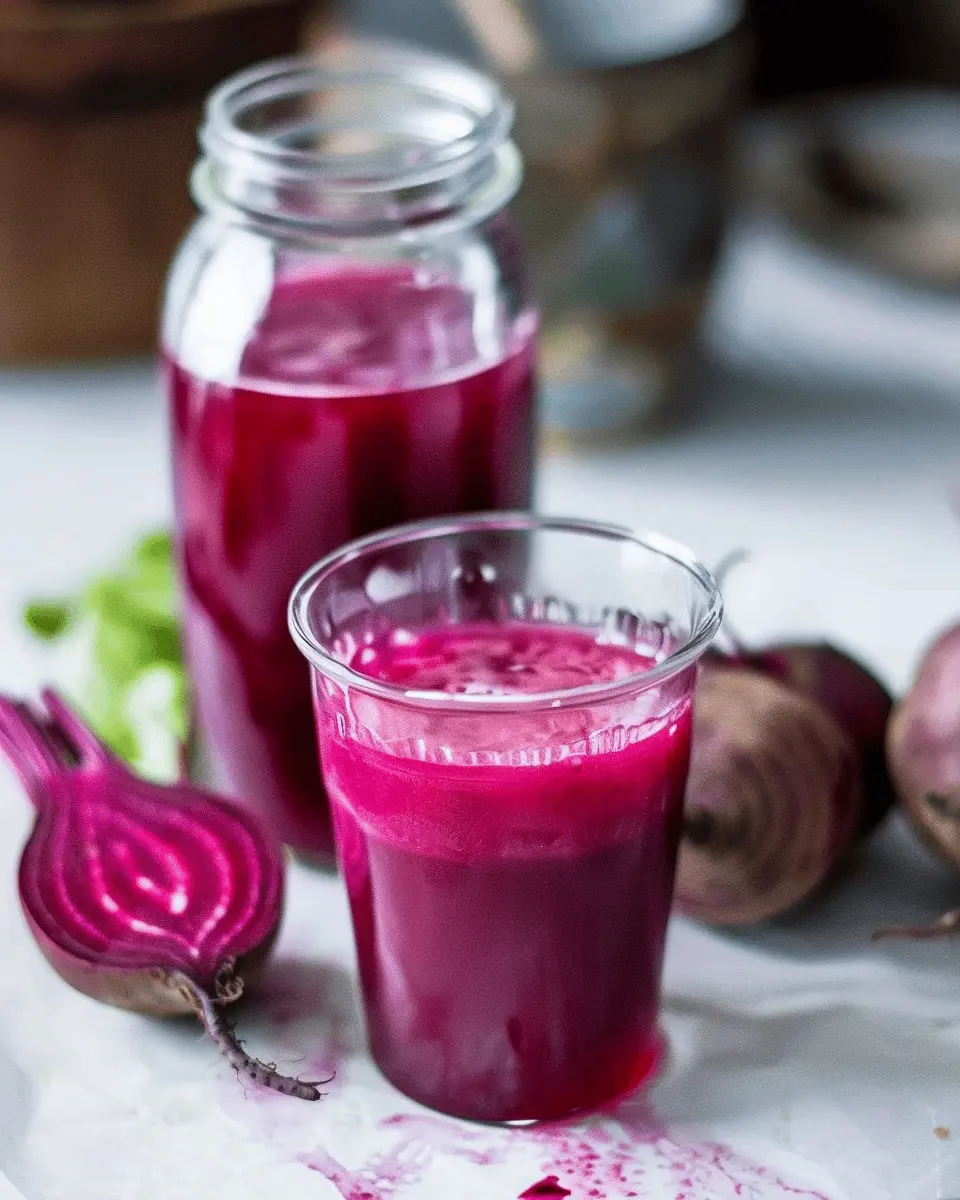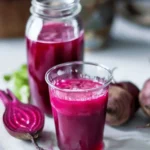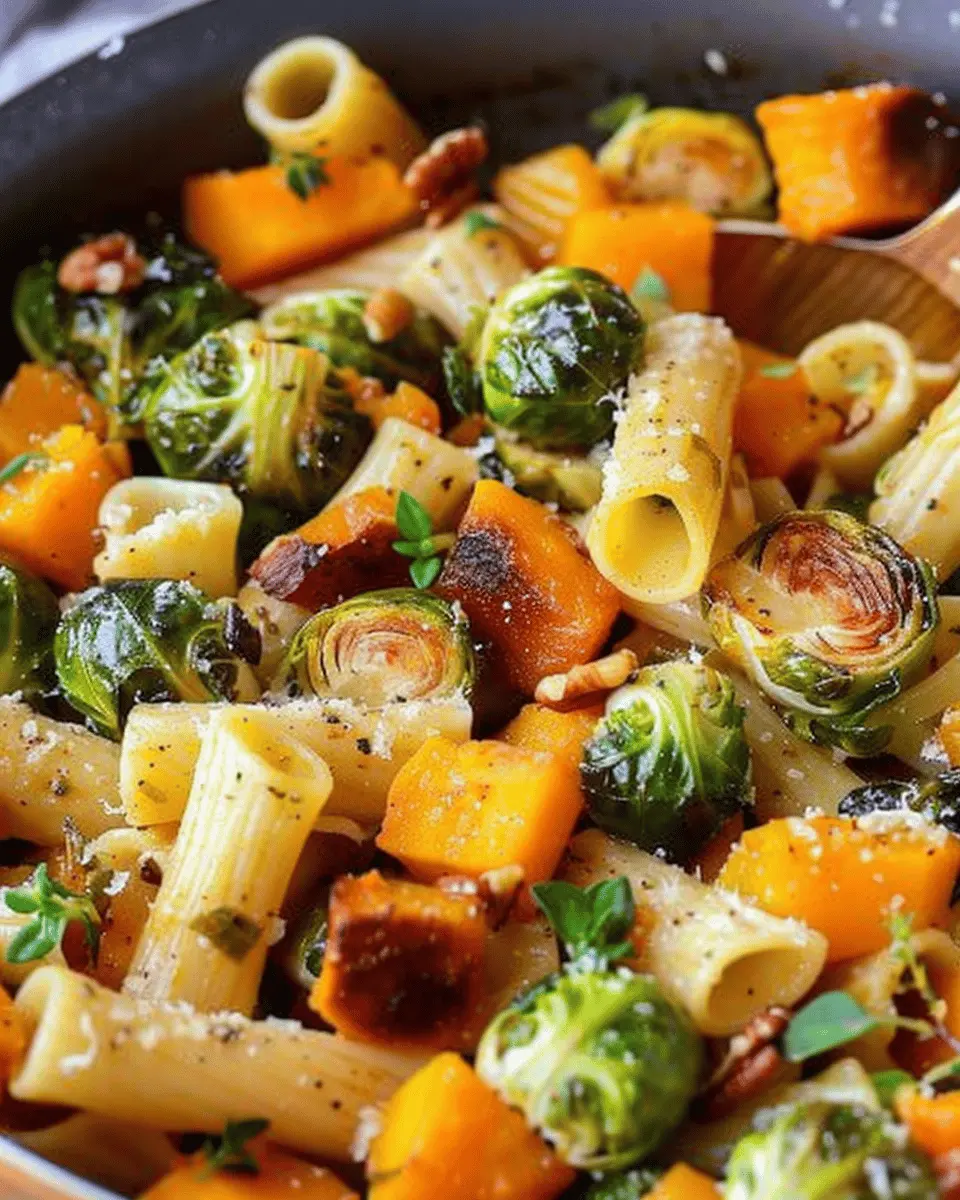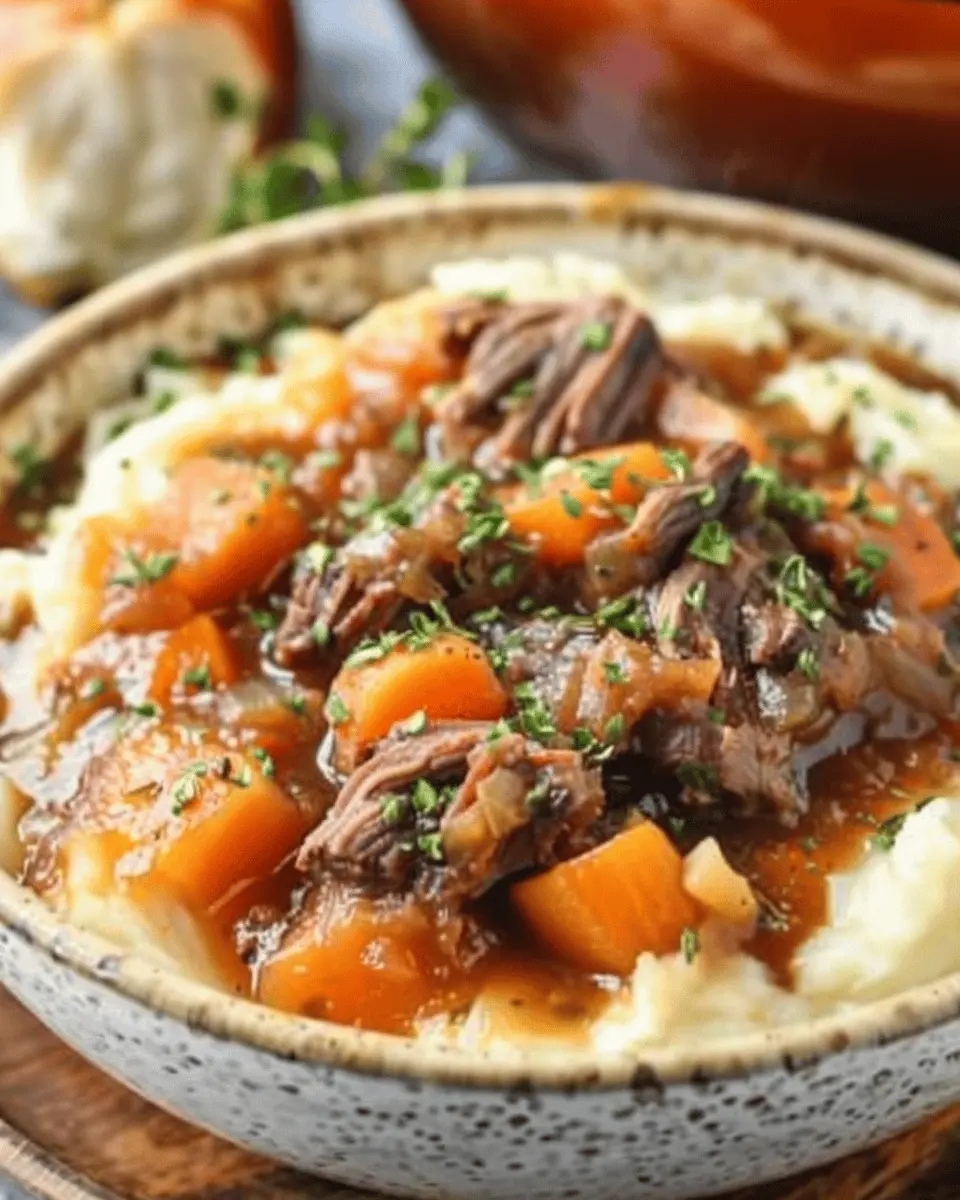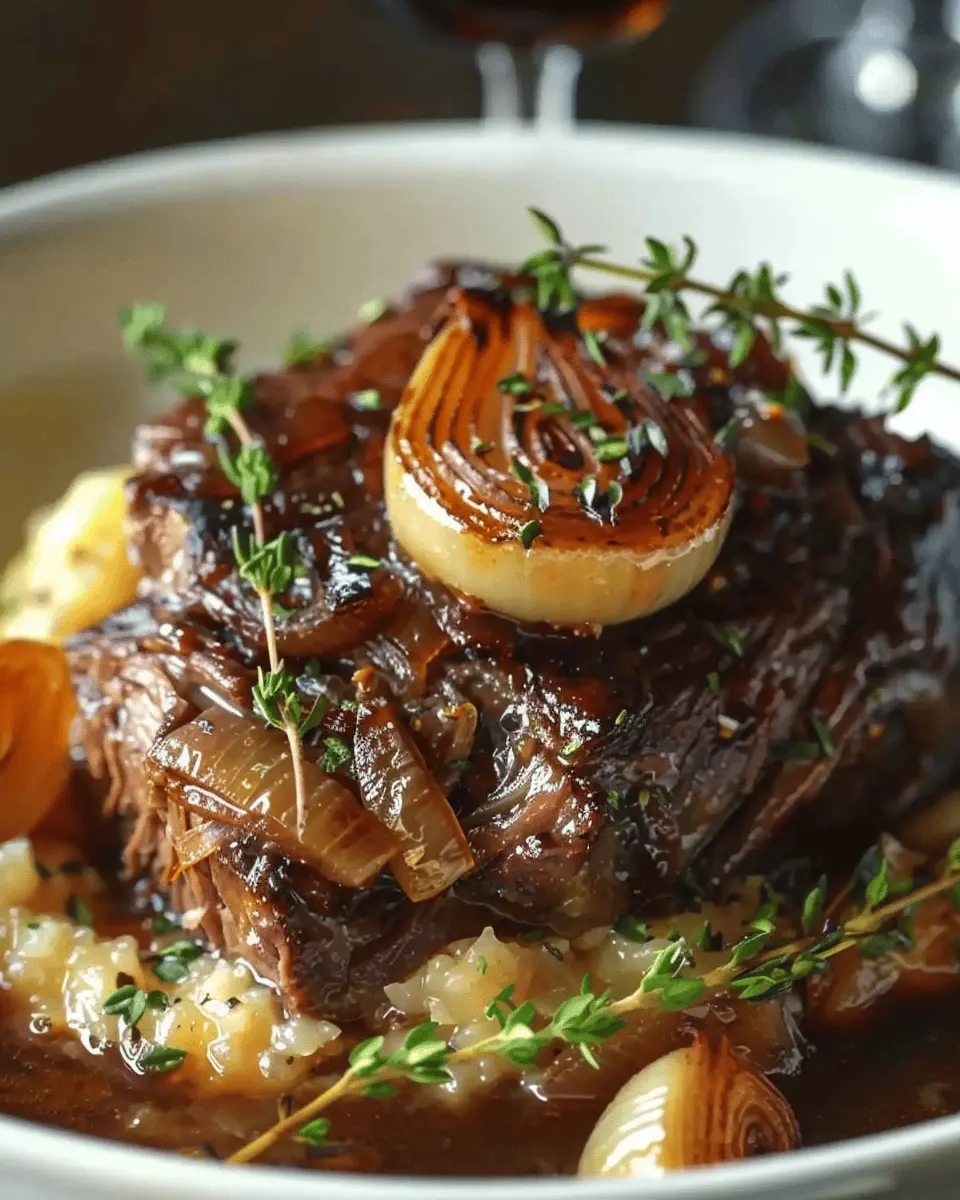Introduction to Beet Kvass
Beet kvass is a traditional Ukrainian beverage that packs a powerful punch of flavor and health benefits. If you’re new to the world of fermented drinks, you might be wondering, what exactly is beet kvass? In simplest terms, it’s a tangy, slightly effervescent drink made from fermented beets, water, and sometimes a pinch of salt. It’s been enjoyed for centuries, celebrated not just for its unique, vibrant taste but also for its potential health benefits.
What is beet kvass and why should you try it?
So why should you give this interesting drink a try? First off, beet kvass is incredibly nutritious. Beets are rich in vitamins, antioxidants, and minerals, making this beverage a fantastic way to support your body’s health. Drinking beet kvass may help improve digestion, support liver function, and even enhance athletic performance due to its nitrates—compounds that some studies suggest can help with blood flow and stamina. According to nutritional experts, fermented foods like kvass also contribute to a healthy gut microbiome.
But it’s not just about health; beet kvass has a unique flavor profile. Imagine a drink that marries the earthiness of beets with a touch of salt and a hint of sweetness. It’s a bold alternative to conventional juices and sodas that often lack the depth of flavor or nutritional benefits found in fermented options.
If you’re curious about how to make beet kvass, you’ll be pleased to know that it’s both simple and gratifying. With just a few ingredients and a bit of patience, you can easily whip up a batch at home. Plus, it’s a fun way to experiment with your kitchen skills and impress friends and family with a homemade beverage that extends beyond the norm.
Ready to embark on this fermenting adventure? Join me as we explore the ins and outs of creating your very own beet kvass, one deliciously vibrant sip at a time!
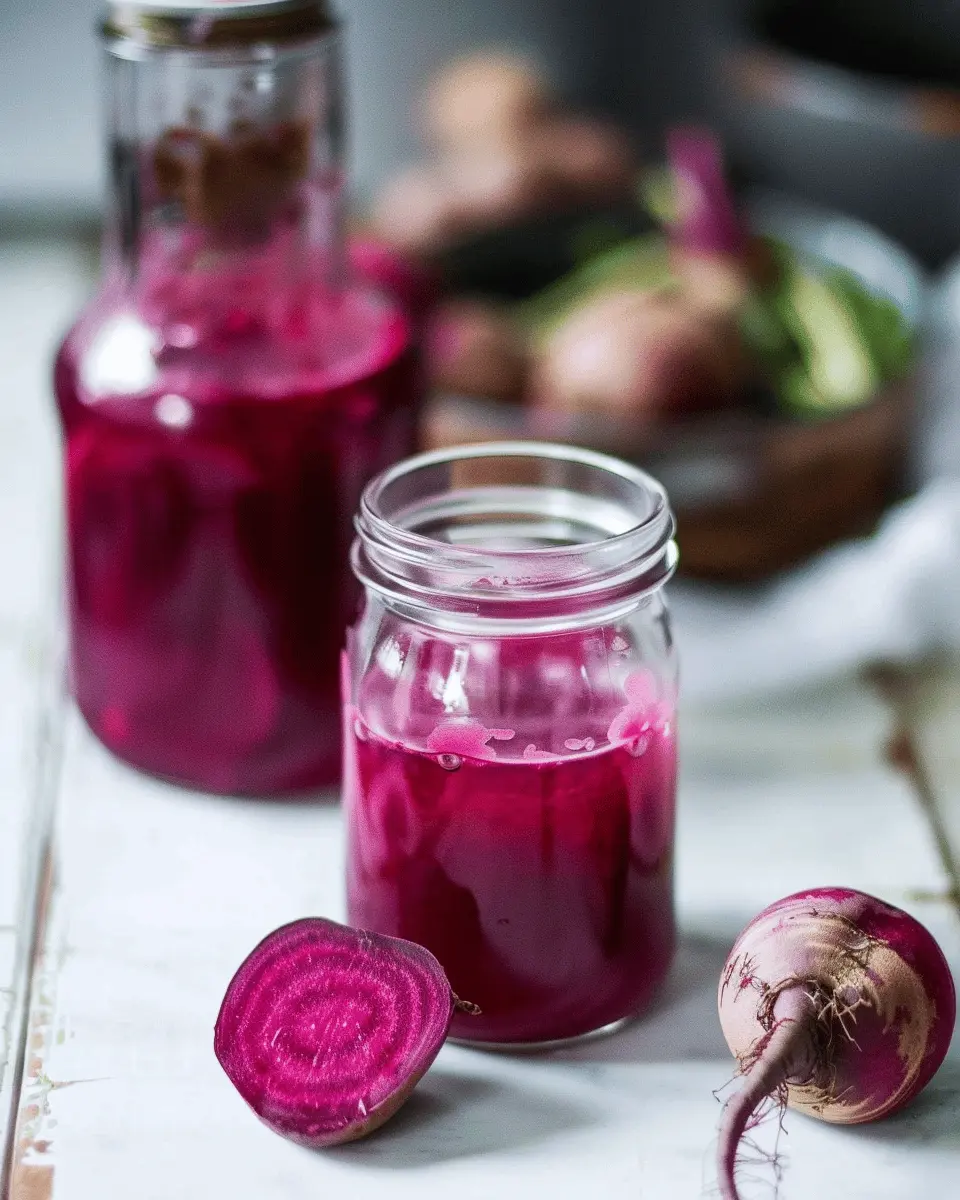
Ingredients for Beet Kvass
When you’re diving into the world of fermentation, knowing your ingredients is key—especially how to make beet kvass. This vibrant beverage hails from Eastern Europe and is packed with flavor and health benefits. Here’s what you need to get started!
Essential ingredients for the classic recipe
- Beets: 2 large, fresh and organic if possible. Their earthy flavor is the star of the show!
- Water: 4 cups of filtered water to promote that good bacteria growth.
- Sea Salt: 1-2 tablespoons will enhance flavor and help with fermentation.
- Optional Add-ins: You can get creative with spices like ginger or garlic. A splash of orange juice or some bay leaves can also elevate the flavor.
Recommended tools for preparation
To make this process smooth and enjoyable, gather these tools:
- A large glass jar (two-quart works well)
- A wooden spoon for mixing
- A cheesecloth or breathable fabric for covering
- A rubber band to secure the cloth
These simple tools will set you up for success and clear the path to your homemade beet kvass! Curious about the health benefits? Check out this insightful article on fermented foods. Happy fermenting!
Step-by-Step Preparation of Beet Kvass
Making your own beet kvass can be a rewarding experience that combines culinary creativity with health benefits. This tangy, probiotic-rich drink is not only delicious but also promotes gut health and provides a vibrant, nutrient-dense beverage. Let’s uncover how to make beet kvass in a few easy steps!
Gather your ingredients and tools
Before diving into the crafting of your beet kvass, you’ll want to gather everything you need. Here’s a simple checklist to make your prep time smoother:
-
Ingredients:
-
2 medium-sized beets (organic if possible)
-
1 tablespoon sea salt
-
4 cups filtered water
-
Optional: 1 tablespoon of caraway seeds or a small piece of ginger for added flavor
-
Tools:
-
A clean glass jar or fermentation crock (at least 1 quart in size)
-
A knife and cutting board
-
A grater (optional, if you want to grate the beets)
-
A clean cloth or lid for covering
Make sure all of your tools are sanitized to promote healthy fermentation. You can read more on the importance of fermentation hygiene here to ensure you start off on the right foot.
Preparing the beets
Now that you have everything lined up, it’s time to prepare the beets. The key is to maximize flavor and nutrients:
-
Wash the beets thoroughly under cool running water to remove dirt. If they’re organic, you won’t need to peel them—just trim off the tops and roots.
-
Cut the beets into small cubes or grate them for easier fermenting. Smaller pieces will allow for a quicker fermentation process.
-
If you’re adventurous, consider adding a few slices of ginger or a teaspoon of caraway seeds at this stage to diversify the flavor profile of your kvass.
By preparing the beets properly, you’re ensuring that the unique earthy taste shines through and that the fermentation process works effectively.
Mixing the ingredients
With your beets ready, it’s time to bring everything together:
-
In your glass jar, combine the chopped or grated beets and add the sea salt. This salt acts as a natural preservative and creates an environment conducive to fermentation.
-
Pour in 4 cups of filtered water, ensuring the beets are fully submerged. If the beets float, you can use a weight or simply add a clean stone to keep them down.
-
Stir gently to mix everything evenly. If you’re using ginger or caraway seeds, add them now!
Make sure to leave some space at the top of the jar, as gas will be released during fermentation. This is also the perfect time to give your kvass a little taste—how exciting!
Fermentation process
Now comes the fun part—letting your beet kvass do its magic:
-
Cover the jar with a clean cloth or a loose lid. This keeps dust out while allowing gases to escape.
-
Place the jar in a dark, cool spot away from direct sunlight. Ideal conditions are around 65-75°F (18-24°C).
-
Let it sit for 3 to 7 days, depending on your desired flavor and tanginess. Check it daily; you may notice bubbles forming—this is a good sign!
Do you want a stronger flavor? The longer you wait, the more robust the taste. You can learn more about optimal fermentation times from resources like Fermentation DIY.
Storing and bottling your kvass
Once your kvass is ready—and imparted with that beautiful deep red hue—it’s time to bottle it:
-
Carefully strain the mixture into another clean jar or bottles, discarding the solids. You can save these for a second fermentation if you like!
-
Seal your bottles tightly. Store them in the refrigerator to halt the fermentation process and keep them fresh.
-
Your homemade beet kvass can be enjoyed chilled or at room temperature. Think of it as a refreshing accompaniment to meals or a clever drink option at gatherings!
Feel free to experiment with different flavors or draft other hydration concoctions—beet kvass offers versatility to your kitchen adventures. So go on, give it a try and impress your friends with your fermenting skills!
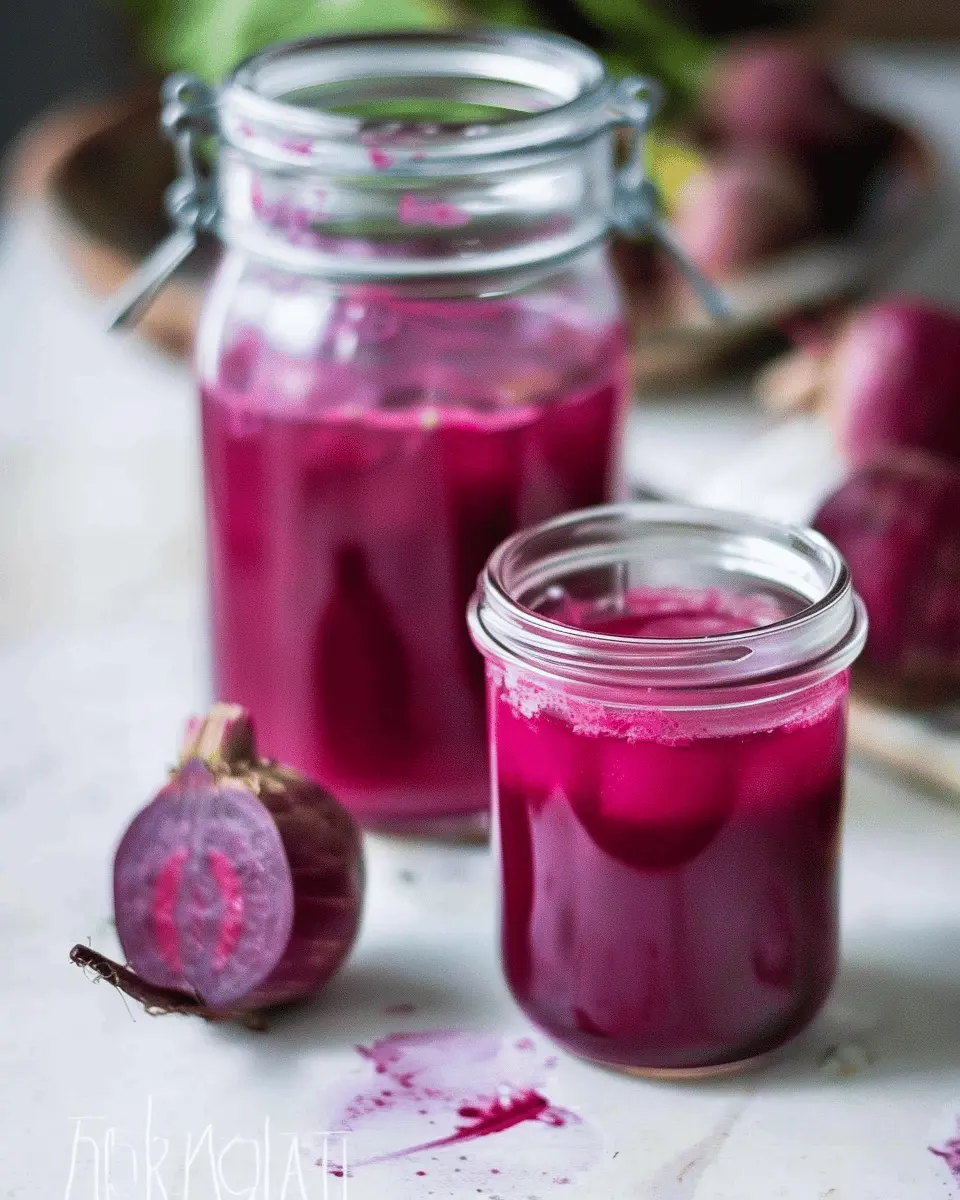
Variations of Beet Kvass
When diving into the world of beet kvass, the beauty lies in its versatility. You can easily customize the basic recipe to fit your taste buds or explore regional adaptations. Here are some delightful variations that will elevate your kvass experience.
Adding Herbs and Spices for Flavor
One of the simplest ways to enhance your beet kvass is by introducing herbs and spices. Consider trying:
- Ginger: Adds a zesty kick that complements the sweetness of beets.
- Garlic: A few cloves can give it a savory depth, transforming your kvass into a dynamic digestive aid.
- Dill or Thyme: These herbs can bring a delightful freshness, creating a unique blend that pairs well with meals.
These additions not only improve the flavor but can also introduce additional health benefits. For example, ginger and garlic are known for their anti-inflammatory properties. If you’re curious about the health benefits of herbs and spices, this article from Healthline offers great insights.
Different Vegetables to Include
The fun doesn’t stop with just beets! You can experiment with adding other vegetables to the mix. Try:
- Carrots: Their natural sweetness creates a beautifully balanced kvass.
- Cabbage: Fermented cabbage adds a tangy twist and boosts probiotics.
- Radishes: They lend a peppery flavor that can spice things up.
These veggies not only impact the taste but also add a colorful flair to your kvass. When learning how to make beet kvass, feel free to let your creativity shine! Remember, it’s all about personal preference and experimenting until you find the perfect blend that excites your palate.
Explore these variations and embrace the uniqueness of your creations. Your taste buds will thank you!
Cooking Tips and Notes for Beet Kvass
Best fermentation practices
When learning how to make beet kvass, patience is key! Make sure you use a clean glass jar and non-iodized salt to avoid any unwanted bacteria. Keep your jar in a warm, dark place for optimal fermentation—around 65-75°F (18-24°C) is ideal. Remember to taste it after a few days; the flavor will develop, so find the right balance for your palate.
Tip: If you notice any bubbling, it’s a good sign that fermentation is happening. Don’t worry if you see some foam on the top; just skim it off before transferring to storage!
Storage tips for your kvass
Once your kvass is fermented to your liking, strain out the beets and transfer the liquid to a clean bottle. Store it in the fridge, where it can last about 1-2 weeks. To get the most out of your kvass, consider pouring it over a salad or using it as a flavorful base for soups.
If you want to make a new batch, you can reuse the beets once more for a second fermentation, but the flavor will be milder. For detailed fermentation insights, check out this National Center for Home Food Preservation resource. Happy fermenting!
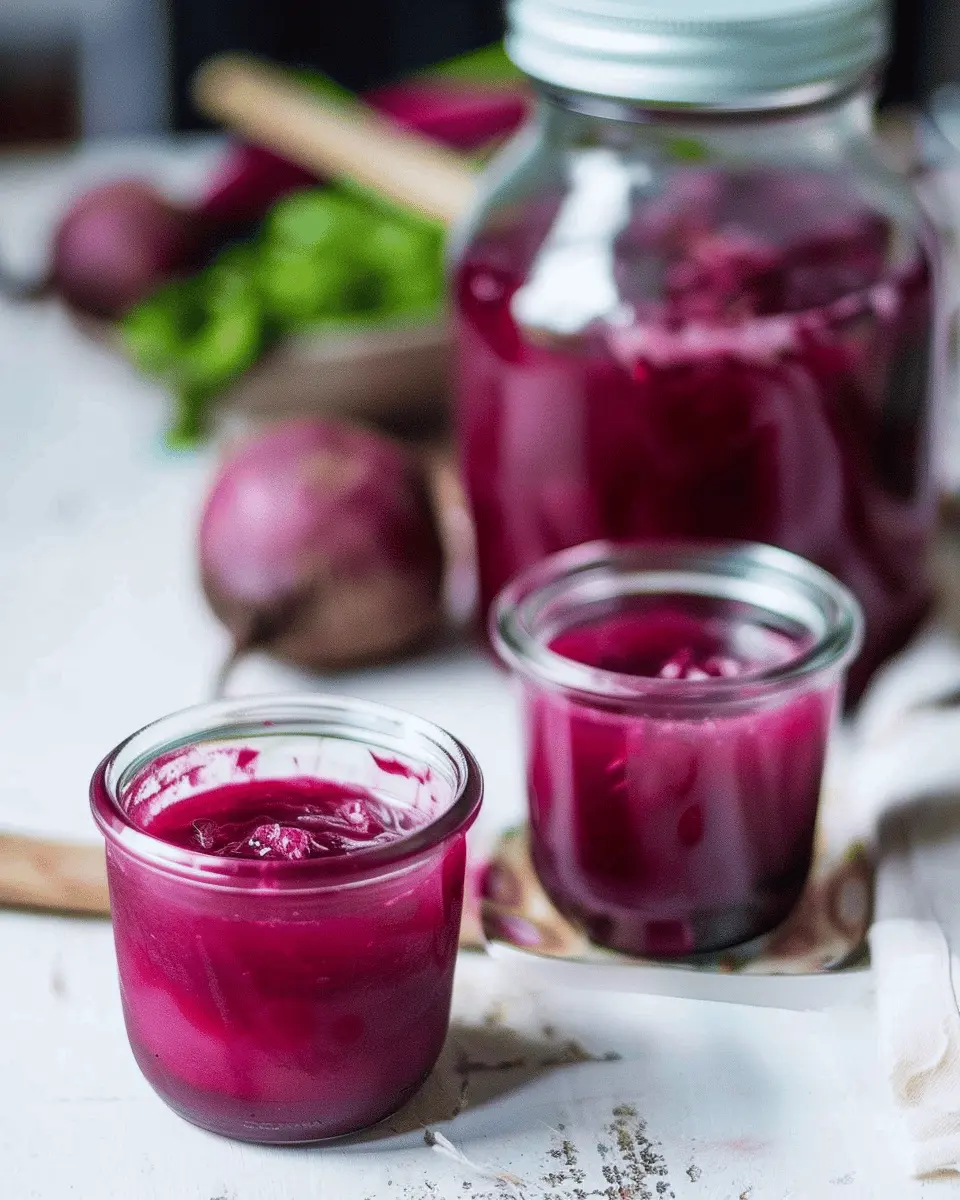
Serving Suggestions for Beet Kvass
Beet kvass is not only packed with nutrition, but it also offers versatile serving options that can elevate your culinary experience. Let’s explore some creative ways to enjoy this vibrant drink.
Creative Ways to Enjoy Beet Kvass
- Chilled Refreshment: Serve beet kvass over ice with a splash of sparkling water and a twist of lemon. This refreshing twist is perfect for a hot day!
- Smoothie Boost: Add a splash of beet kvass to your morning smoothie. It pairs wonderfully with fruits like banana or berries for a nutritious kick.
- Salad Dressing: Use beet kvass as a base for a tangy vinaigrette. Mix it with olive oil and a little honey for a delightful dressing that enhances greens.
Pairing Beet Kvass with Meals
When considering how to make beet kvass a staple in your meals, think about what dishes complement its earthy flavors:
- Savory Breakfasts: It pairs nicely with turkey bacon and scrambled eggs, adding a unique flavor profile that’s both hearty and healthy.
- Lunch Delights: Try it alongside a quinoa salad topped with grilled chicken ham and roasted vegetables for a fulfilling mid-day meal.
- Refreshing Dinner: Beet kvass can be a great addition to grilled beef dishes, where its tanginess cuts through the richness, enhancing your dining experience.
Experiment with these serving suggestions to discover your favorite ways to enjoy beet kvass! For more on the health benefits and uses of fermented drinks, check out resources like Healthline or the National Center for Biotechnology Information.
Time Breakdown for Beet Kvass
Preparation Time
Making beet kvass is simple and straightforward! You’ll need about 15-20 minutes to prep your ingredients, such as washing, peeling, and chopping the beets. When getting ready to learn how to make beet kvass, have your jars, salt, and water handy to keep the process smooth.
Fermentation Time
Once your beets are prepped, let them ferment! This is where the magic happens. Allow the mixture to sit for around 3-7 days at room temperature. You might want to taste it along the way to find the flavor that suits you best!
Total Time
In total, you’re looking at about 1 week until your beet kvass is ready to enjoy. Most of this time is spent fermenting, meaning very little hands-on effort is required. You can read more about fermented drinks on Healthline or explore various ways to incorporate kvass into your diet at BBC Good Food.
Ready to dive into this delightful, gut-friendly beverage? Your taste buds are in for a treat!
Nutritional Facts for Beet Kvass
Benefits of Beet Kvass
When you’re exploring how to make beet kvass, you’ll discover it’s not just a delicious fermented drink, but a powerhouse of health benefits. Beet kvass is known for improving digestion, boosting liver health, and providing an excellent source of antioxidants. Some enthusiasts even swear by its ability to enhance athletic performance due to its natural nitrate content, which improves blood flow. Plus, it’s a great addition to a balanced diet for anyone looking to pack in some nutrition effortlessly.
Key Nutrients Present
What exactly can you expect in a glass of this vibrant drink? Here are some key nutrients:
- Vitamins: Rich in vitamin C, folate, and various B vitamins.
- Minerals: Contains magnesium, potassium, and calcium, crucial for overall bodily functions.
- Probiotics: A fermented drink, beet kvass is loaded with beneficial bacteria that promote gut health.
If you’re looking to amplify your wellness routine, incorporating this drink could be a delightful and nutritious way to refresh your daily intake. Curious about more ways fermented foods can impact your health? Check out this insight from Healthline on the advantages of including them in your diet!
FAQs about Beet Kvass
How long does beet kvass last?
Once you’ve learned how to make beet kvass, you’ll naturally want to enjoy it for as long as possible! Generally, beet kvass can last about 2-3 weeks when stored in the refrigerator. To make it last even longer, ensure that you keep it in a sealed container to minimize exposure to air. Just remember: if it starts to smell off or shows unusual colors, it’s best to err on the side of caution and toss it out.
Is beet kvass good for gut health?
Absolutely! Beet kvass is rich in probiotics, which are fantastic for your gut health. These live microorganisms can aid digestion by balancing your gut flora. According to studies, incorporating fermented foods like beet kvass into your diet may help alleviate digestive issues and enhance your overall well-being. Plus, the nutrients from beets, such as fiber and antioxidants, also contribute positively to digestion and inflammation reduction. For more information, you might want to check out resources from the American Gut Project.
Can I customize my beet kvass?
Yes, one of the joys of beet kvass is that you can make it your own! While the classic recipe is simply beets, salt, and water, feel free to experiment with additions like ginger, carrots, or even spices like cumin or coriander. You can also adjust the salt levels according to your taste preferences. Just keep in mind that the salt not only enhances flavor; it also aids in the fermentation process, so don’t eliminate it entirely. If you’re feeling adventurous, try adding herbs or fruits for a unique twist!
By engaging with these frequently asked questions, you can deepen your experience and enjoyment of beet kvass. Happy fermenting!
Conclusion on Beet Kvass
Making your own beet kvass at home is not only a fun and rewarding experience but also a fantastic way to incorporate more nutrients into your diet. If you’re wondering how to make beet kvass, you’ll find that it’s quite simple and requires minimal ingredients. Why not give it a try?
You can experiment with different spices or even incorporate fruit to enhance the flavor! Plus, it’s a delightful addition to salad dressings or smoothies, making it versatile for any meal.
If you’re looking for more information on health benefits, you can check out the article by the Cleveland Clinic for insights on fermentation and gut health. So roll up your sleeves and let your kitchen become a laboratory—your body will thank you!
PrintHow to Make Beet Kvass: A Refreshing and Nutrient-Packed Drink
Learn how to make beet kvass, a refreshing and nutrient-rich drink that’s easy to prepare and perfect for gut health.
- Prep Time: 15 minutes
- Total Time: 7 days
- Yield: 4 cups 1x
- Category: Beverage
- Method: Fermentation
- Cuisine: Eastern European
- Diet: Vegan
Ingredients
- 2 medium beets, peeled and diced
- 4 cups filtered water
- 1 tablespoon sea salt
- 1 slice ginger (optional)
- 1 lemon, juiced (optional)
Instructions
- In a large glass jar, add the diced beets and ginger.
- Mix the salt with the filtered water until dissolved, then pour it over the beets.
- Add lemon juice if using.
- Cover the jar with a cloth and secure with a rubber band.
- Let it sit at room temperature for 3 to 7 days, tasting it daily until it reaches your desired flavor.
- Once ready, strain the liquid into another jar and refrigerate.
Notes
- Beet kvass can be enjoyed straight or as part of salad dressings and smoothies.
- If the kvass becomes too sour, it can be diluted with water.
Nutrition
- Serving Size: 1 cup
- Calories: 50
- Sugar: 4g
- Sodium: 400mg
- Fat: 0g
- Saturated Fat: 0g
- Unsaturated Fat: 0g
- Trans Fat: 0g
- Carbohydrates: 12g
- Fiber: 2g
- Protein: 2g
- Cholesterol: 0mg
Keywords: How to Make Beet Kvass, Beet Kvass Recipe, Nutrient-Packed Drink, Fermented Drinks

